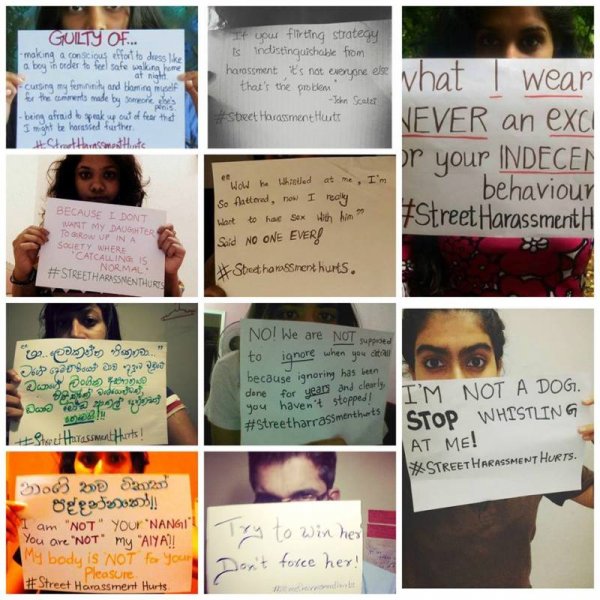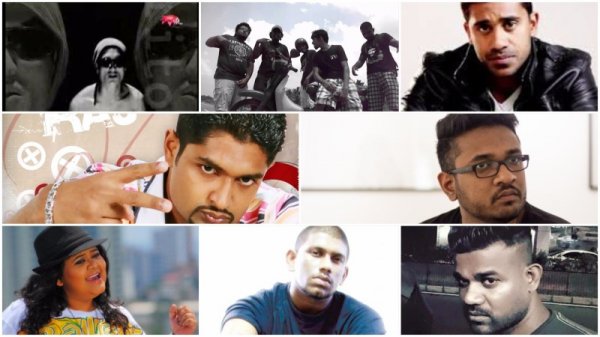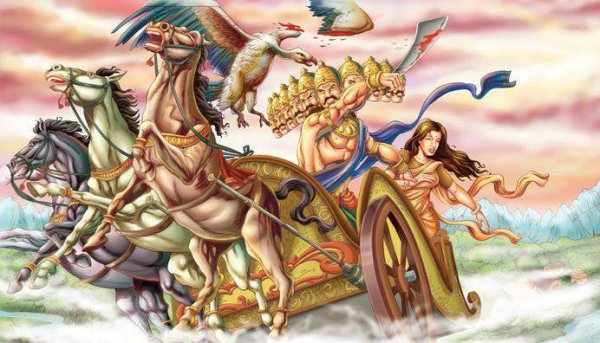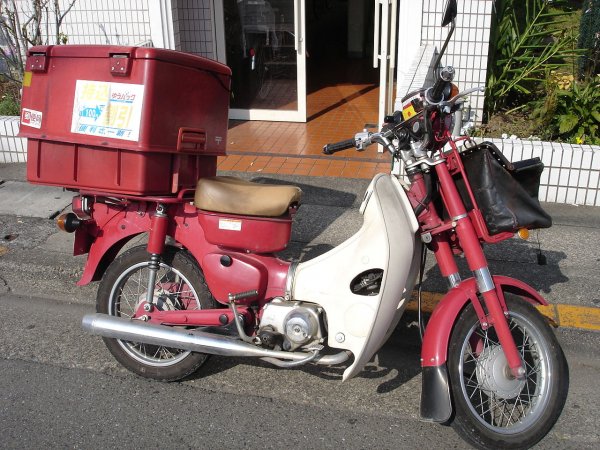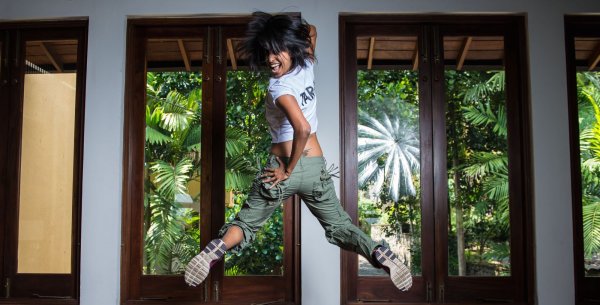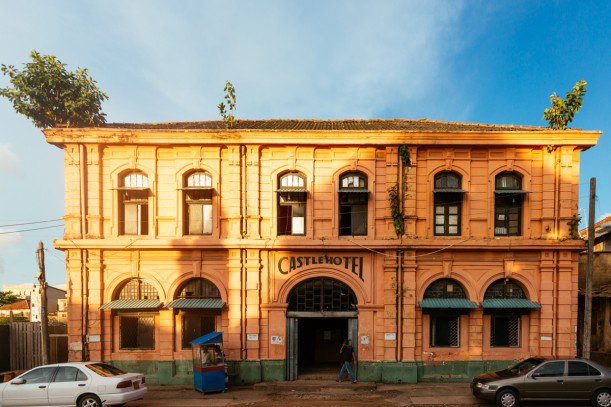
This week’s featured photo story, courtesy Asanka Brendon Ratnayake of ABRFoto, explores Colombo’s iconic Castle Hotel and its patrons, a throwback to what Colombo was like before major development projects changed the face of the city.
 The Castle Hotel Entrance. A customer walks past a food cart as he walks into the Hotel.
The Castle Hotel Entrance. A customer walks past a food cart as he walks into the Hotel.
The big multinational swallowing up the local watering hole is a common story all over the modern world, and on February 29 in 2016, it was Sri Lanka’s turn. 141 years after its opening, the iconic Castle Hotel and Bar in Colombo, served its last drinks.
 Men playing street cricket outside the Castle Hotel at Slave Island. Next door to the hotel is a large apartment development project being carried out by the Tata Group.
Men playing street cricket outside the Castle Hotel at Slave Island. Next door to the hotel is a large apartment development project being carried out by the Tata Group.
The colonial building is believed to be over 200 years old, and started its life as a printing press. When interviewed by Groundviews.org, Hotel manager H.D. Mervyn Wickremesinghe said he believed the building became the Castle Hotel in 1875, and then catered to foreign guests. In recent decades, the Castle has become the community bar to the local working-class in the area of Slave Island.
 Men lining up for drinks at the bar counter.
Men lining up for drinks at the bar counter.
 A man orders a beer at the counter inside the Castle Hotel.
A man orders a beer at the counter inside the Castle Hotel.
Of all the bars and pubs in Colombo, there are few that match the character, history and working class realities of the emerging Sri Lanka than this iconic venue.
The grand colonial façade, and the imposing Y-Shaped staircase at the foyer entrance, gives insight to the Castle Hotel’s ‘heyday’ which would have catered to foreign guests and troops during the World Wars.
 A man skols or drinks down a large large bottle of beer as a drunk man wearing a sarong walks past.
A man skols or drinks down a large large bottle of beer as a drunk man wearing a sarong walks past.
 Two strangers sitting at a table having a drink.
Two strangers sitting at a table having a drink.
Since then, the upkeep of the hotel has been in a decline, and its character and charm has been more representative of its predominantly working-class clientele. Loyal customers range from snake charmers, tuk tuk drivers, low level office clerks and ironically, even labourers working on the project that would eventually see the end of the bar.
 A snake observes a monkey sitting on its owner’s lap, as the owner socialises with the snake charmer over a few drinks.
A snake observes a monkey sitting on its owner’s lap, as the owner socialises with the snake charmer over a few drinks.
 Men at the bar counter drink beer and socialise inside the Castle hotel.
Men at the bar counter drink beer and socialise inside the Castle hotel.
The future of the hotel has been uncertain after Indian multinational conglomerate, the Tata Group, purchased the highly valuable land to develop modern offices and apartment complexes. Although there was talk that the hotel would retain its current form, it was always going to be a matter of time before the last drinks were served.
 A hotel room inside the Castle Hotel. The hotel operates primarily as a pub, but rooms are also available.
A hotel room inside the Castle Hotel. The hotel operates primarily as a pub, but rooms are also available.
 Men sitting at a table drinking inside the Castle hotel.
Men sitting at a table drinking inside the Castle hotel.
Beers were cheap, arrack plentiful, and short bites, spicy. The resident stray cat would hunt around for scraps on the floor. Like any good pub, stories were shared, grievances voiced and opinions were made known in the presence of complete strangers. Drunks, alcoholics and general louts would be ushered out with some decorum and respect, when they had had one too many.
 An empty room, where a disconnected old TV set sits on a table.
An empty room, where a disconnected old TV set sits on a table.
 A person sits at a table in the foyer, as a drunk man lays passed out by the entrance, while one of the floor managers walks past.
A person sits at a table in the foyer, as a drunk man lays passed out by the entrance, while one of the floor managers walks past.
In recent years, this humble venue gained a reputation online as a ‘dodgy pub’ ‒ though in my experience, you are more likely to find dodgier clientele and shady customers (for lack of better words) in the bars and clubs of Colombo’s 5-star hotels.
 A man smokes a cigarette as he drinks beer at a table with friends.
A man smokes a cigarette as he drinks beer at a table with friends.
The Castle didn’t pretend to be something it wasn’t and it was, by far, more representative of Sri Lanka than the Westernised hotels down the road. Its guests were treated with respect and without the judgement they may experience outside.
 The front façade of the Castle Hotel in Slave Island, Colombo Sri Lanka.
The front façade of the Castle Hotel in Slave Island, Colombo Sri Lanka.
As modern Sri Lanka rides the economic wave of a post-war economy, the consequence of gentrification emerges. At the Castle hotel, what you saw was what you got; it was real and it was gritty, but it was honest.
All images used are copyrighted to Asanka Brendon Ratnayake, and have been reproduced with his permission. You can check out more of Asanka’s work on Instagram, Facebook, and Twitter.

